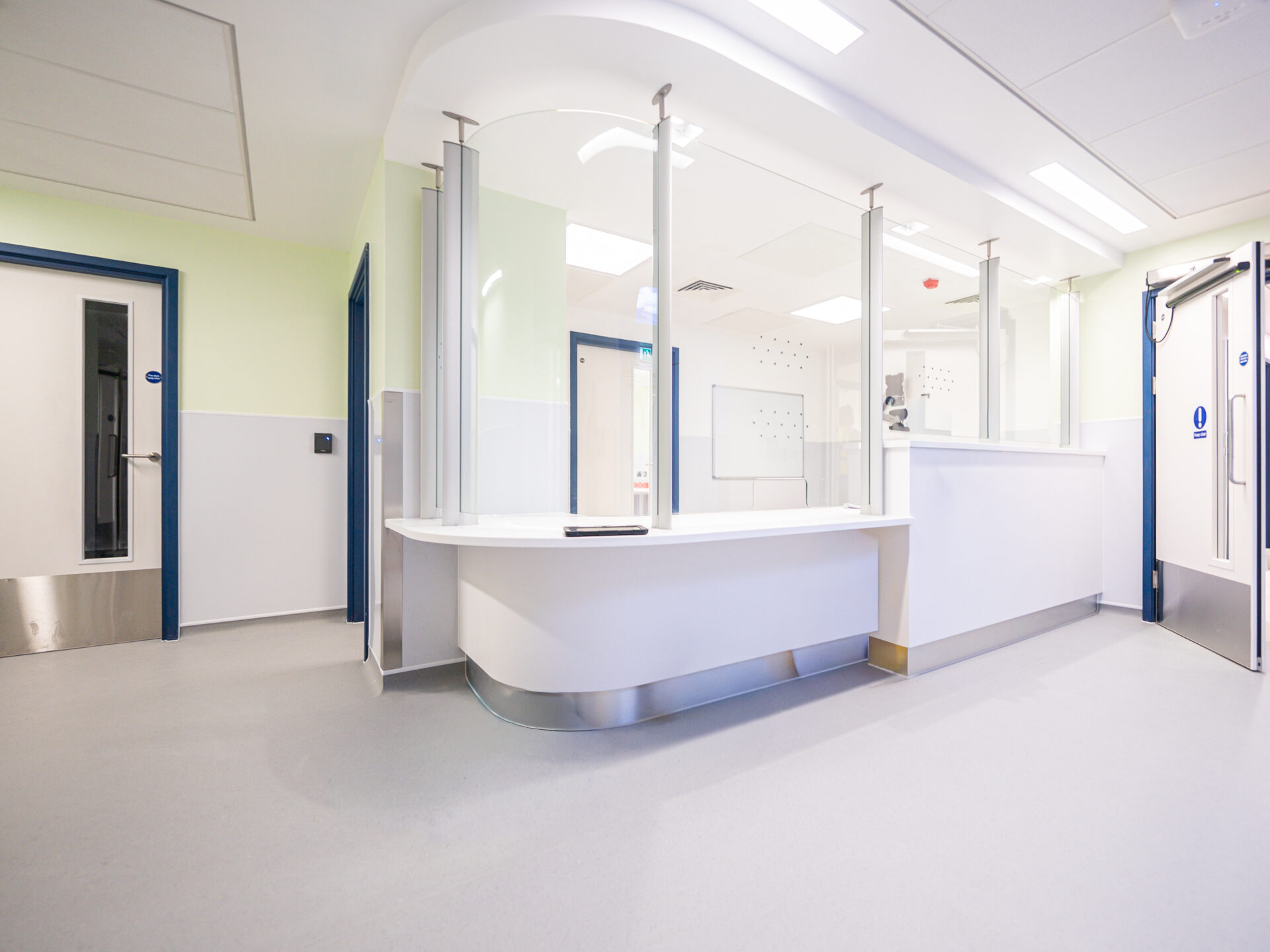The NHS is on a vital journey to achieve net zero healthcare estates by 2040. Alongside this, hospitals are dealing with rising operating costs, ageing buildings, and the challenge of staying fully operational 365 days a year. That makes delivering refurbishment and low-carbon upgrades in live environments one of the sector’s most pressing and complex priorities.
This article is a round-up of our recent CPD session, where we shared insights, strategies and case studies to help NHS estates teams plan and deliver their decarbonisation journey.
Why a decarbonisation roadmap matters
Kelly Crews, Head of Decarbonisation at Willmott Dixon, highlighted the need for a clear strategic roadmap to net zero. The starting point is always a thorough review of the estate to identify:
- Buildings with the highest energy use and emissions.
- Urgent backlog maintenance issues.
- Opportunities to align existing capital programmes with decarbonisation works.
From there, trusts can prioritise which buildings to focus on first, build robust business cases, and sequence upgrades to deliver the greatest impact. Crucially, this roadmap also needs to take account of future climate resilience, making sure that today’s works continue to perform as the environment changes.
Funding was another major theme. With schemes like the Public Sector Decarbonisation Scheme no longer in place, trusts must explore a combination of capital budgets, estate safety funds, solar initiatives, private partnerships and reinvestment strategies to unlock the scale of upgrades required.
Delivering in live NHS environments
Hospitals cannot simply shut down for refurbishment. James Howard, Senior Operations Manager and healthcare lead, and Andy Gray, Project Manager, shared examples from University Hospitals Sussex, including Royal Sussex County Hospital and Princess Royal Hospital, to show what this looks like in practice.
Projects included:
- Installing modular extensions directly next to A&E drop-off zones.
- Diverting live water mains without disrupting hospital supply.
- Sequencing complex plant replacements while keeping critical services running.
The success of these schemes came down to early contractor involvement and close collaboration with stakeholders. By working with estates teams, infection control specialists, clinical leads and supply chain partners from the outset, risks were identified early and robust solutions developed to keep disruption to a minimum.
Closing the performance gap
Even with successful delivery, there is often a gap between predicted and actual energy use. Research shows this can be as much as 34% higher than expected, creating extra costs and carbon.
To address this, Doug Drewniak from our National Sustainability Team introduced Energy Synergy – a monitoring service that tracks how buildings actually perform after handover. By linking into existing building management systems, our team can spot inefficiencies, optimise controls and ensure that buildings perform as intended, or better.
For NHS trusts, this means:
- Tangible reductions in running costs
- Verified carbon savings for reporting against net zero targets
- Stronger long-term building performance through ongoing optimisation
Key takeaways from the CPD session
Our session underlined three essential lessons for delivering decarbonisation in live NHS environments:
- Engage early – Involving contractors early ensures realistic costs, programmes and phasing strategies
- Collaborate widely – Success depends on close planning with estates, clinical teams, infection control and supply chain partners
- Monitor performance – Continuous monitoring ensures promised savings are actually achieved
Building sustainable NHS estates
Decarbonisation is about more than reducing emissions. It is about creating resilient, efficient, and future-proof hospitals that can continue delivering first-class healthcare for generations.
At Willmott Dixon Interiors, our work delivering low-carbon healthcare upgrades in live environments shows that, with the right planning, partnerships and monitoring, it is possible to achieve sustainability while maintaining continuity of care.
Next steps
This CPD session was part of our ongoing programme to share knowledge and support NHS estates on their journey to net zero.
If you would like to receive a recording of this session, future CPD invites, or to discuss how we can support your NHS decarbonisation strategy, please get in touch with our team.
